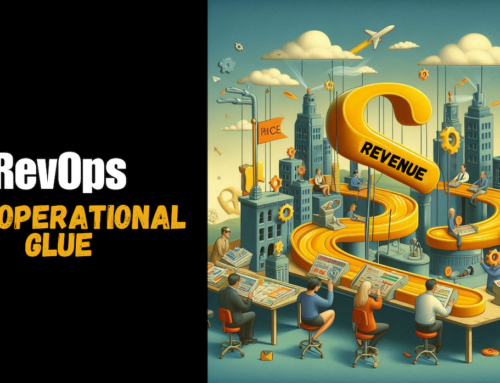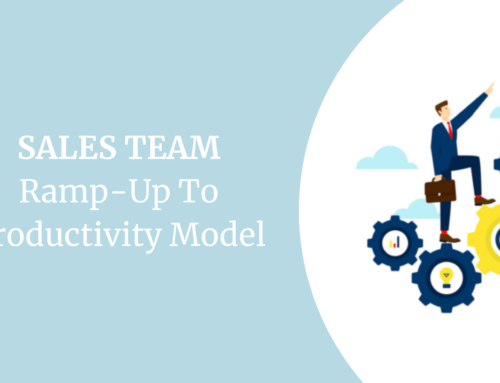Table of contents
ARR waterfall reports—sounds like something you’d encounter on a nature hike, right? But no, these reports are less about cascading streams and more about cascading revenue. And if you’re in the tech world, particularly in SaaS, mastering the art of ARR (Annual Recurring Revenue) waterfall reporting is as essential as having a reliable Wi-Fi connection.
ARR waterfall reports are not just another financial document to fill out at the end of the quarter; they’re the backbone of understanding your revenue flow. They provide a granular view of how your ARR evolves over time, tracking every little up-and-down in your subscription revenue. But before we dive into why these reports are so important and how to get them right, let’s break down exactly what they are.
What Exactly is an ARR Waterfall Report?
Imagine your ARR as a bucket collecting rainwater. Every drop (new customer, upsell, renewal) adds to the bucket, while leaks (churn, downgrades) take some water out. An ARR waterfall report visualizes this process, showing the net change in your ARR over time. It’s a dynamic report that highlights the sources of ARR growth or decline, typically segmented into categories like new business, upsells, downgrades, and churn.
In a nutshell, the ARR waterfall report helps you answer critical questions like:
- How much new revenue did we close this period?
- How much did we lose due to churn?
- What’s the net impact on our total ARR?
It’s a powerful tool that gives you a clear, concise view of your business’s health and trajectory. But why should RevOps and finance teams care so much about it?
Why ARR Waterfall Reports Are Crucial for Tech Businesses
ARR waterfall reports are the compass for your business’s financial journey. Here’s why they’re so important:
- Forecast Accuracy: By dissecting each component of your ARR, you can make more accurate forecasts. Instead of guessing where your revenue might go, you have a clear historical trend to guide your predictions.
- Customer Behavior Insights: These reports shed light on customer behavior patterns, such as churn reasons or upsell triggers, allowing for targeted strategies to retain and expand your customer base.
- Investor Confidence: Investors love predictability. Showing them a well-maintained ARR waterfall report is like showing them a roadmap to growth. It provides transparency and boosts their confidence in your financial management.
- Cross-Departmental Alignment: ARR waterfall reports foster alignment between sales, finance, and RevOps by providing a single source of truth. Everyone is on the same page about where revenue is coming from and where it’s slipping away.
The RevOps and Finance Dynamic Duo: Streamlining ARR Waterfall Reporting
Now, let’s talk strategy. The key to flawless ARR waterfall reporting lies in the collaboration between your RevOps and strategic finance teams. When these two departments work in harmony, magic happens.
1. Define Clear Metrics and Categories
The first step is to ensure everyone’s speaking the same language. RevOps and finance must agree on the definitions of key metrics and categories. For example, what exactly constitutes an “upsell” or a “churned customer”? Ambiguity is the enemy of accuracy.
2. Implement a Unified Data Source
Nothing kills the ARR waterfall flow like data discrepancies. RevOps and finance must pull data from the same source. This means integrating your CRM, billing systems, and any other relevant platforms into a single data warehouse or using a comprehensive revenue operations platform.
3. Establish a Regular Reporting Cadence
Consistency is key. Establish a regular cadence for generating and reviewing ARR waterfall reports. This could be monthly or quarterly, depending on your business needs. The important thing is that both RevOps and finance teams are involved in the review process.
4. Leverage Automation Where Possible
Manual data entry and report generation are not just tedious—they’re prone to errors. Leverage automation tools to pull data, generate reports, and even provide analysis. This not only saves time but also ensures accuracy.
Templates and Structures for Effective ARR Waterfall Reports
To make your ARR waterfall report as effective as possible, consider the following template structure:
Header: Include basic information such as the reporting period, the teams involved, and the key metrics being tracked.
Summary: A brief overview of the report, highlighting the net ARR change, major contributors to ARR growth, and key challenges.
ARR Breakdown:
- New Business ARR: Revenue from new customers.
- Expansion ARR: Revenue from upsells and cross-sells.
- Churn ARR: Revenue lost due to churn.
- Downgrade ARR: Revenue lost due to customers moving to lower-priced plans.
Trend Analysis: Charts or graphs showing ARR trends over time, segmented by the above categories.
Actionable Insights: Based on the data, what actions should the business take? This could be strategic recommendations for reducing churn, increasing upsells, etc.
Appendix: Detailed data tables, definitions of terms, and any other relevant documentation.
Stats and Examples: ARR Waterfall Reporting in Action
Let’s anchor this discussion with some real-world stats and examples.
Stat: According to SaaS Capital, the median ARR growth rate for SaaS companies is around 25% annually. Companies with a strong focus on ARR waterfall reporting and forecasting can often exceed this benchmark by identifying growth opportunities and mitigating risks early.
Example: Consider a SaaS company that noticed a sudden spike in churn within their ARR waterfall report. By drilling down, they discovered that a recent product update had caused dissatisfaction among a segment of their customer base. Armed with this insight, they rolled out a targeted retention campaign, saving 15% of the revenue at risk.
Another example involves a tech company that saw their ARR increase by 30% year-over-year, thanks to a strategic collaboration between their RevOps and finance teams. By aligning on metrics, automating their reporting processes, and conducting regular cross-departmental reviews, they were able to identify and capitalize on upsell opportunities much more effectively.
Making ARR Waterfall Reporting Work for You
At the end of the day, ARR waterfall reporting is about more than just numbers—it’s about understanding the story those numbers tell. By fostering a strong partnership between RevOps and finance, tech businesses can ensure that their ARR waterfall reports are not just accurate but actionable.
So, if you haven’t already, it’s time to get your ARR waterfall reporting process in shape. Define your metrics, align your teams, and let the revenue flow like a well-managed waterfall. Your business—and your investors—will thank you for it.
Reading Progress















